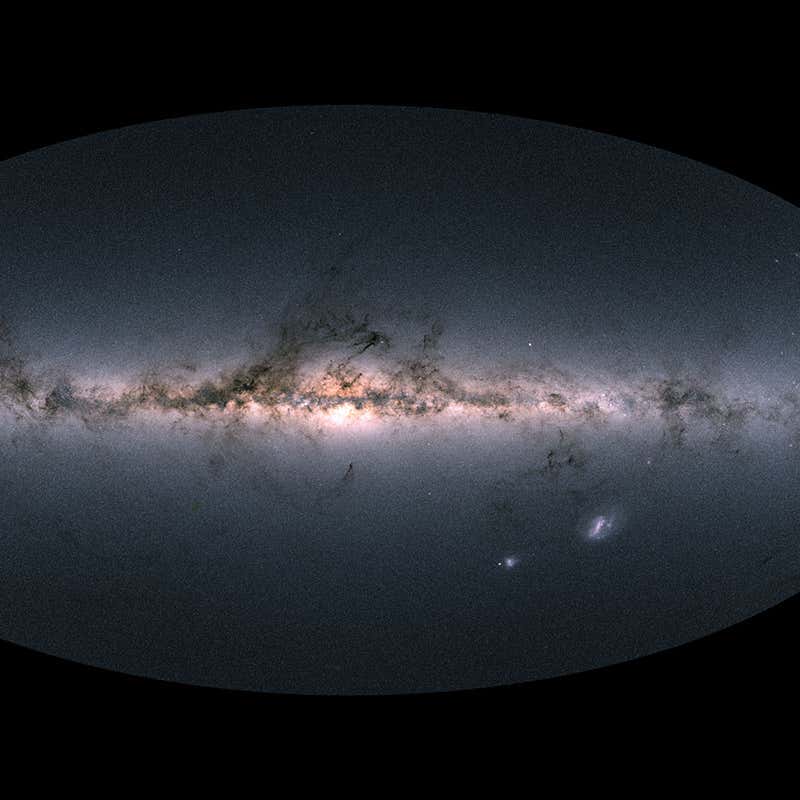An intermediate map developed by a modified telescope in Arizona is already the largest three-dimensional representation of the universe ever. However, the instrument has only completed a tenth of its five-year operation.
The Dark Energy Spectroscopic Instrument (DESI) was installed on the Mayall telescope at Kitt Peak National Observatory in the Sonoran Desert, about 50 miles (88 kilometers) west of Tucson, between 2015 and 2019. It was a collaboration between Lawrence Berkeley National Laboratory in California and scientists from around the world. For less than a year, it has been conducting a survey. Its purpose is to create a larger 3D map of the universe to learn more about dark energy, the mysterious force that drives the universe’s expansion.
“There is a lot of beauty to it,” said Julien Guy, a physicist at Berkeley Lab.
“In the distribution of the galaxies in the 3D map, there are huge clusters, filaments and voids. They’re the biggest structures of the universe,” he added.
“But within them, you find an imprint of the very early universe and the history of its expansion since then.”
To prepare the instrument for the three-dimensional survey, the DESI team used a massive two-dimensional map of the cosmos produced in January 2021.
The new 3D image identifies the locations of nearly 7.5 million galaxies, breaking the Sloan Digital Sky Survey’s previous record of roughly 930,000 galaxies set in 2008.
Earth is displayed in the lower left of this 3D scan of the universe, looking out the constellations of Virgo, Serpens, and Hercules to distances beyond 5 billion light-years. Each colored dot symbolizes a galaxy made up of between 100 billion and one trillion stars. The galaxies have been organized into the “cosmic web,” including dense clusters, filaments, and voids.
According to Berkeley Lab scientists, DESI takes spectroscopic images of millions of galaxies dispersed across a third of the sky.
Scientists can calculate how much light from each galaxy has been “redshifted” — that is, stretched toward the red end of the spectrum due to a Doppler effect produced by the expansion of the universe by looking at the color spectrum of the light. The greater the redshift of a galaxy, the quicker it travels away from Earth and the farther it is from observers.
According to the researchers, the DESI project would reveal the “depth” of the sky and aid them in charting clusters and superclusters of galaxies. Moreover, they want to utilize the data to predict the universe’s expansion history and its eventual fate.
“Our science goal is to measure the imprint of waves in the primordial plasma,” Guy said. “It’s astounding that we can actually detect the effect of these waves billions of years later and so soon in our survey.”
According to the latest projections, dark energy accounts for around 70% of the energy in the universe. Moreover, dark energy’s effects are now recognized as a cosmological constant that is also incorporated in the general theory of relativity, meaning that dark energy has been an important research focus in recent decades.
According to the study, more dark energy appears to be created as the cosmos expands, which accelerates the universe’s expansion. Dark energy’s actions will ultimately determine the universe’s fate, whether it expands indefinitely, rips itself apart, or collapses in a reverse Big Bang.
Every month, DESI maps the redshifts of around 2.5 million galaxies. By 2026, the team aims to have completed the 3D survey map, and the telescope will have viewed approximately 35 million galaxies.
Source: Berkeley Lab

